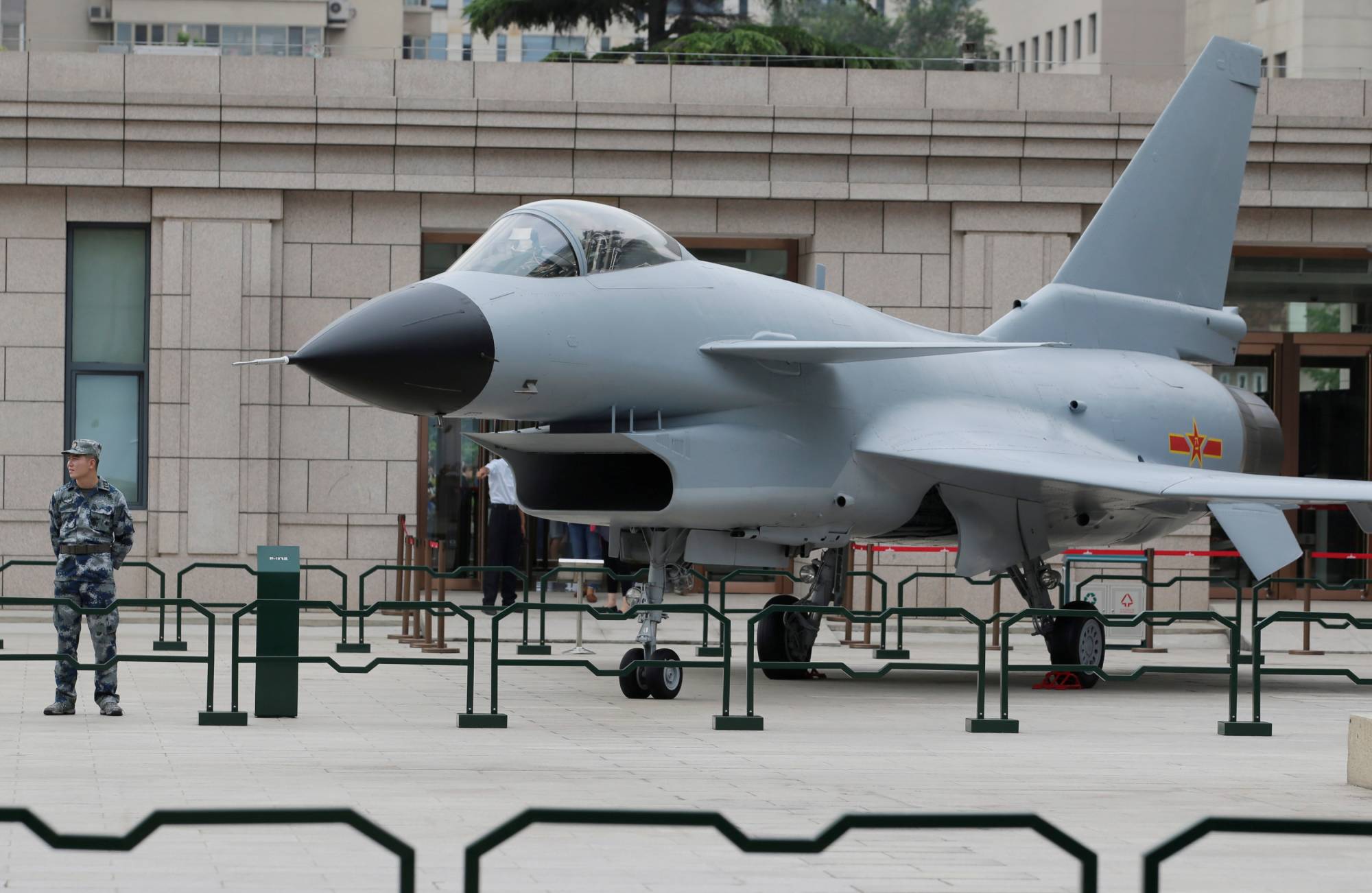SOURCE: AFI


China’s rise as a military power includes a growing presence in the arms trade. However, despite significant economic and military advancements, China’s ambitions in the high-end fighter jet market haven’t quite hit the mark.
China’s J-10 and J-20 fighter jets appear impressive on paper, with the J-20 often compared to the top-of-the-line US F-22 Raptor and F-35. However, these jets lack real-world experience. Flown exclusively by the People’s Liberation Army Air Force (PLAAF), they haven’t participated in international exercises or actual combat. This lack of a proven track record makes potential buyers hesitant, especially since established players like the US have a long history of successful fighter jet deployment.
China has made strides in developing its own engines, moving from reliance on Russian models. However, building reliable, high-performance jet engines is incredibly complex. While China’s engines are operational, they are often more expensive than their Russian counterparts, hindering sales of jets like the JF-17. Countries with existing ties to Russia often opt for familiar and affordable Russian technology over a less established, pricier Chinese alternative.
Beyond technical considerations, political influence plays a major role in fighter jet sales. The market is driven by long-standing partnerships and political ties. China’s assertive actions in the South China Sea have strained relations with potential buyers like India and the Philippines, making them less receptive to Chinese weaponry.
China faces an uphill battle in the fighter jet market due to:
- Quality Concerns: Unproven capabilities compared to established players.
- Engine Hurdles: High production costs for indigenous engines.
- Political Influence: Strained relations with potential buyers due to foreign policy.
Only by addressing these challenges can China hope to truly take flight in the global fighter jet market. Until then, its ambitions may remain grounded.